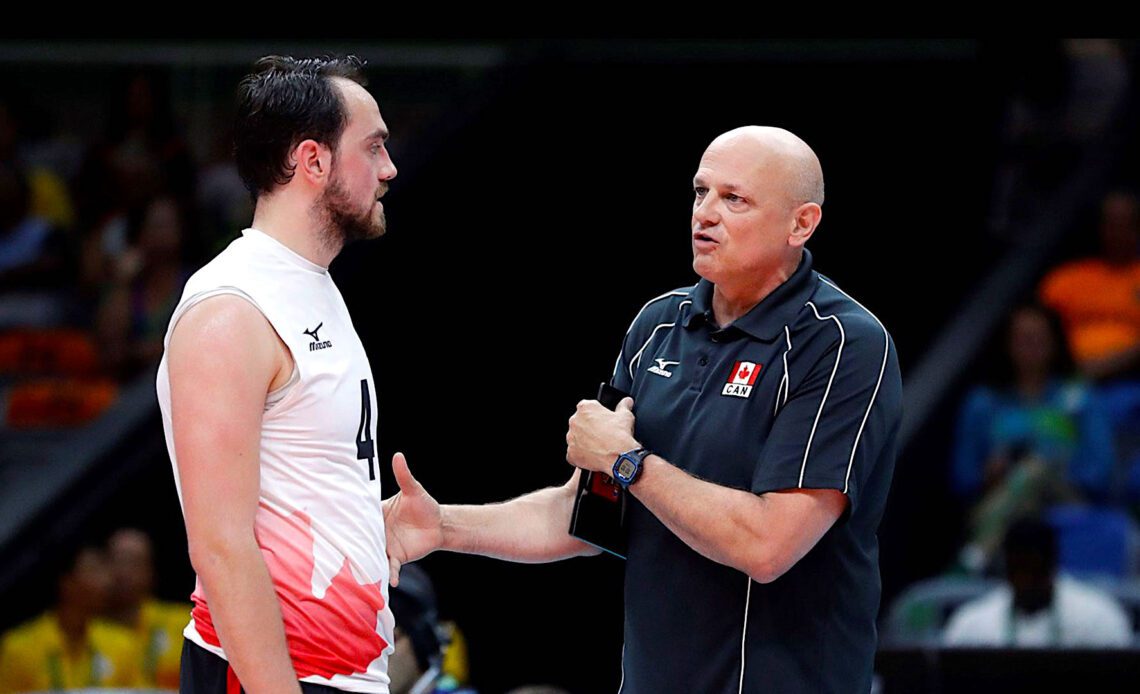Non-verbal communication is a pivotal yet often understated element in sports and games. It encompasses a range of unspoken interactions, from subtle gestures to complex signal systems, playing a critical role in strategy and performance. This article looks at two distinct arenas where these silent cues are paramount: the poker table and the volleyball court.
In poker, ‘tells’ – involuntary reactions or habits – can divulge a player’s hand and strategy, while in volleyball, hand signals are essential for silent coordination among team members. Understanding these non-verbal cues is more than a skill; it’s an art form that, when mastered, can significantly elevate a player’s game. This exploration into the language of the game reveals how these silent communications shape the dynamics of poker and volleyball, offering a deeper appreciation of the strategies at play.
The Psychology of Poker Tells
Poker tells are subtle physical or behavioral signs that players inadvertently exhibit, often revealing the strength of their hand or their strategic intentions. Crucial in a game where information is power, these tells can range from eye movements, like prolonged staring or rapid blinking, to facial expressions, such as smiles or frowns. Body language also plays a significant role; nervous habits like fidgeting or a relaxed posture can indicate a player’s confidence or lack thereof.
Experienced players become adept at reading these signals, using them to make educated guesses about opponents’ hands. This process is not just about observation but also psychology and deception. Players might intentionally display false tells to mislead opponents, adding a layer of complexity to the game. Therefore, understanding and mastering poker tells is essential for any player aiming to excel in this strategically rich game.
Volleyball Signals: A Language of Its Own
In volleyball, signals are an important communication tool, allowing players to strategize silently and efficiently. These signals, often conveyed through hand gestures, are a language unique to the sport, enabling teams to plan their next moves without alerting the opposition. Common signals include different finger configurations behind the back, each corresponding to a specific type of block or attack strategy.
For example, one finger might indicate a line block, while two fingers could signal a cross-court block. The importance of these discreet cues cannot be overstated in a…
Click Here to Read the Full Original Article at VolleyCountry…

